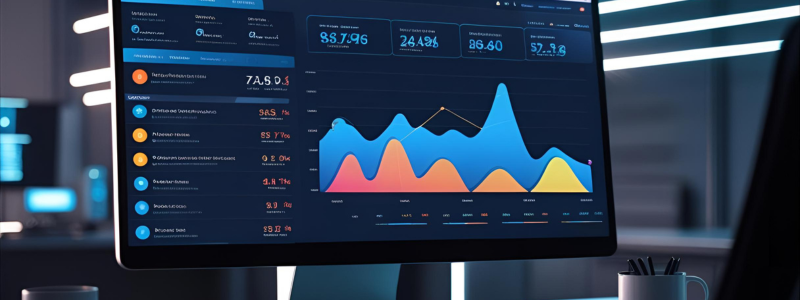Website Optimization & Laravel Development: Your Complete Guide to Speed, Scalability & SEO in 2025
Supercharge your web presence by mastering website optimization and Laravel development. This comprehensive guide explores technical strategies, SEO improvements, and backend architecture to help your site perform at its peak.

Introduction to Website Optimization & Laravel Backend Excellence
- Modern users expect lightning-fast websites that work seamlessly across devices.
- Optimization goes far beyond loading speed—it impacts SEO, UX, and conversions.
- This guide combines front-end performance tactics with backend strategies using Laravel to build scalable, SEO-friendly applications.
1. Why Website Optimization Matters in 2025
- Google’s Core Web Vitals now play a major role in search engine rankings.
- Slow websites increase bounce rates and reduce user satisfaction.
- Mobile-first design and performance are critical for business success.
2. Key Front-End Optimization Techniques
- Minify CSS and JavaScript to reduce payloads and improve speed.
- Use responsive images, WebP formats, and CDNs for media delivery.
- Implement lazy loading and preload critical assets.
- Inline critical CSS for faster first paint and better perceived load times.
- Compress HTML and leverage browser caching.
3. SEO Benefits of a Well-Optimized Site
- Improved loading speed directly influences your search rankings.
- Better UX results in longer sessions and increased conversions.
- Clean architecture helps search engines crawl and index your content.
4. Introduction to Laravel: Why It’s a Powerful Backend Framework
- Laravel offers elegant syntax, robust features, and great scalability.
- It comes with built-in tools for routing, authentication, queues, and caching.
- Using Laravel enables you to build modular, secure, and testable applications.
5. Optimizing Laravel Applications for Speed & Performance
- Use route caching and config caching to reduce backend response time.
- Utilize Redis or Memcached for efficient session and data caching.
- Implement queue workers for background jobs to reduce user-facing delays.
- Employ eager loading to prevent N+1 query problems.
- Monitor with Laravel Telescope and Laravel Debugbar.
6. Front-End & Laravel Integration Best Practices
- Separate logic and presentation using Blade templates or frontend frameworks.
- Use Laravel APIs to serve frontend apps built with React, Vue, or Next.js.
- Ensure CSRF protection, proper auth layers, and session management.
7. Database Optimization in Laravel Projects
- Normalize database structure but use indexes for performance gains.
- Paginate results to reduce payload size.
- Run scheduled cleanup tasks to remove obsolete data.
8. Continuous Monitoring & Deployment Strategies
- Integrate CI/CD for frequent, smooth deployments with minimal downtime.
- Use services like Laravel Forge, Envoyer, or GitHub Actions for automation.
- Log performance metrics and error tracking via Sentry or Bugsnag.
9. Real-World Success Example
- A client site reduced page load time by 65% after implementing our website optimization service.
- Switching their outdated backend to our Laravel application development architecture improved scalability by 3x.
- They saw a 27% boost in mobile conversions and 40% better SEO performance.
10. Future of Performance Optimization
- HTTP/3 adoption and edge delivery via CDNs like Cloudflare will become standard.
- Serverless Laravel deployments will rise for event-based scalability.
- AI-powered diagnostics will help automate performance suggestions.
Conclusion: Combine Strategy & Tech to Win in 2025
- Great digital experiences require a strong backend and a fast frontend.
- Combining Laravel’s backend power with smart performance techniques is the recipe for success.
- Leverage our optimization services and Laravel expertise to elevate your web presence in 2025 and beyond.




